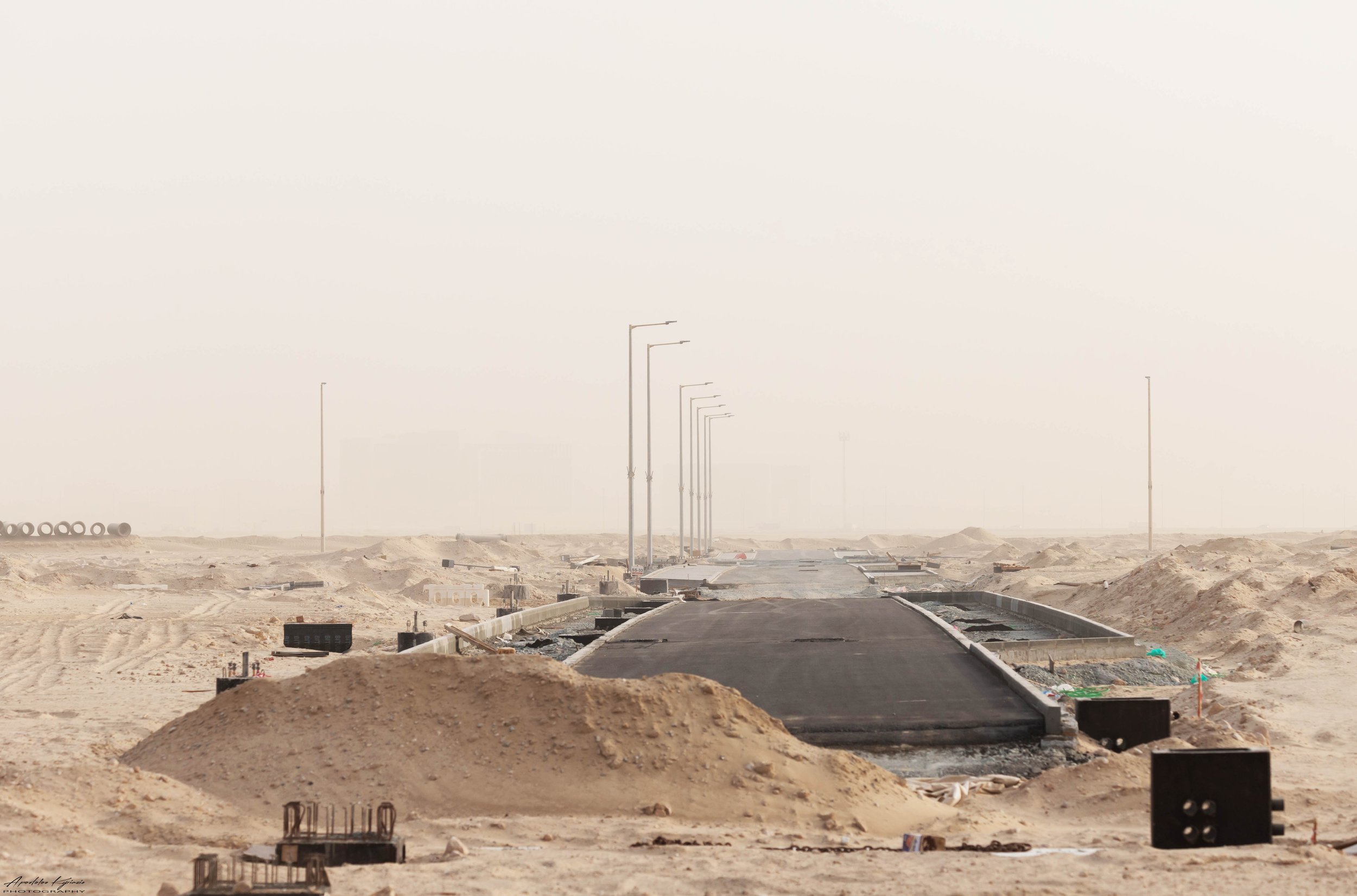Open Call for Session Presentation
Photographing extremes: The role of Public Space and Architectural Photography on documenting and understanding contextual (climatic) extremes and resilient communities.
Gulf urbanism is one of the best known examples of an urbanism of extremes, not only in terms of its growth pace but also in terms of the contrast between its contemporary architectural manifestations and the existing context, namely the climate.
Most of the Arabian peninsula and in particular the Gulf region has been notorious for its hostile, arid climate and how this has affected the historical evolution or architectural and urban heritage. One of the merits of the pre-oil gulf urbanism was its ability to adapt into harsh conditions through a smart use of passive strategies. However, that knowledge – heritage is in peril of getting obsolete as the oil boom and new technologies have led to contemporary cities and architectures that prioritize less local and more neoliberal values. Context became irrelevant.
Opposite to this trend lies the ever-growing acknowledgement of the fact that contemporary urbanization and the overall human activity have led to overconsumption and overexploitation of natural resources. The Gulf region is one with the highest risks of both water resources’ depletion and temperature rises.
Similarly, other areas of the world experience urban transformations under extreme climatic conditions. Those areas do not belong only at the “global south” but on developed countries as well, thus indicating the true scale of reference. One can mention Canada’s oil sands, USA’s sun belt, the Siberian industrial cities, the elevated cities in central Latin America, the villages of eastern Africa, the Mediterranean coastline, the Australian outback and the like.
Under this unifying spectre, a series of interesting questions arises:
How do public spaces and architecture adapt to those conditions and the urge to respond to the climate change emergency?
How does research on those fields address the dynamic combination of extreme climate, the developing urban form and the growing demographic mobility?
And how do scholars on the fields of architecture, urbanism and social studies adapt their work and methods to this increasingly alarming phenomenon?
This Special Session aspires in inquiring this issue under the proposed unified perspective of the extreme environments, from the vantage point of a specific tool for architectural/urban research: Photography.
Photography, as a form of art and as a means of documentation and expression is already famous for its transcending properties.
This is an open call to Scholars/Architects/Photographers, that either practice or conduct research on those combined fields, asking for participations that explore contemporary urbanism issues under extreme climatic conditions with the assistance and versatility of photography. Therefore, this Panel Session aims at initiating a debate for both educational, research and professional purposes.
We are asking for anyone interested to submit an abstract, presenting their work and their geographical area of interest to the Session Organizers: Apostolos Kyriazis (apostolos.kyriazis@adu.ac.ae ) and Marco Sosa (marco.sosa@zu.ac.ae ).
Approved Applicants will be asked to present their work at a Special Session Panel, that will be consisted of 4-8 participations (presentations, not a paper), with a Q&A part following. The Panel Session will be part of UEF-ISOCARP 59th Global Congress, that takes place this October, in Toronto Canada. The main outcomes of the Panel discussion will be reported and published as part of the Congress Proceedings.
All presentations will be in-person and each applicant will have to register to the Congress. For more info on the Congress, please kindly visit the website: https://toronto2023.isocarp.org/



